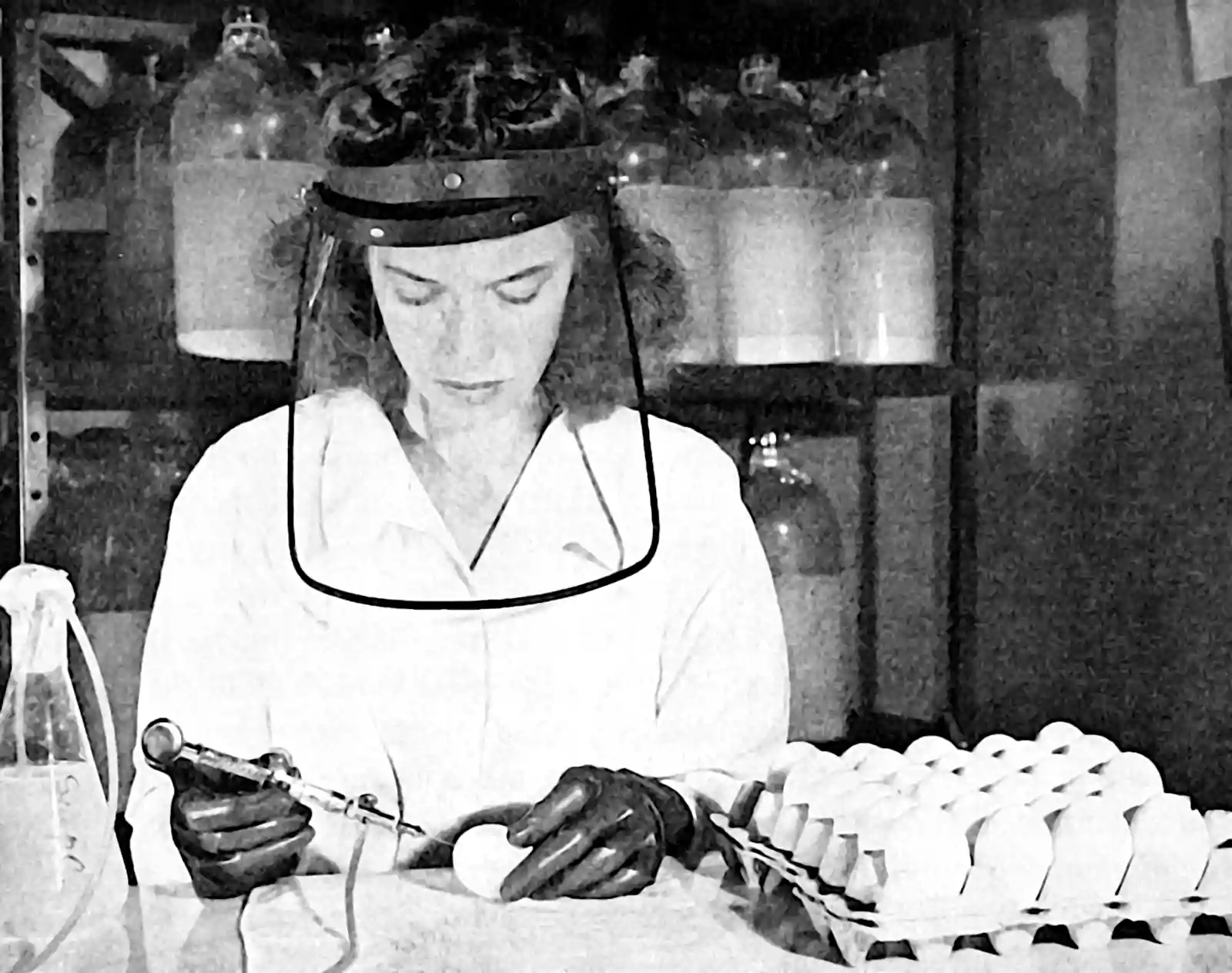Causality via potential outcomes
Neyman-Rubin, counterfactuals, conditional treatment effects, and related tricks
October 26, 2016 — December 10, 2021
Suspiciously similar content
A sister(?) field of the DAG-centric causal inference. I say sister field because the patriarch of the DAG school, Judea Pearl, seems to regard potential outcomes as a special case of causal DAG reasoning, claiming a proud lineage going back to Seward Wright. OTOH, proponents of potential outcomes, especially Rubin, seem to regard it as the actually-practical way to do causal reasoning and claim a proud lineage going to Jerzy Neyman. In practice, I suspect we as users do not need to worry excessively about the border disputes.
Rubin and Waterman (2006) comes recommended by Shalizi as:
A good description of Rubin et al.’s methods for causal inference, adapted to the meanest understanding. […] Rubin and Waterman do a very good job of explaining, in a clear and concrete problem, just how and why the newer techniques of causal inference are valuable, with just enough technical detail that it doesn’t seem like magic.
1 Relationship to Pearl-style do-calculus
Rubin and Pearl are kind of “academic enemies”. Though neither completely dismisses the other, they both make snide remarks about the other’s work. Pearl shows in his book exactly how Neyman-Rubin potential outcomes can be derived from causal graphs. As far as I know Rubin never really makes an attempt to address Pearl’s ideas directly. However, Rubin, being a statistician, made significant contributions to the practice of real-world causal inference, which go beyond Pearl’s interests. Jamie Robins also made seminal contributions to this subject. You can read some of the debate on Andrew Gelman’s blog here. Pearl writes in the comment section and in that blog post there are links to follow-up posts.
I am more familiar with the Pearl-style approach. The two connect by, e.g. Single World Intervention Graphs (Richardson and Robins 2013).
2 Heterogeneous treatment effects
See interaction effects for now.
3 Instrumental variables
4 External validity
Dataset shift etc. See external validity.
5 Use in ML
See causality in ML.
6 Propensity matching
TODO
7 Causal forests
To follow up: proximity matrix in causal random forest.
The GRF Algorithm. Haaya Naushan: Causal Machine Learning for Econometrics: Causal Forests.
8 Double learning
See causality and ML.
